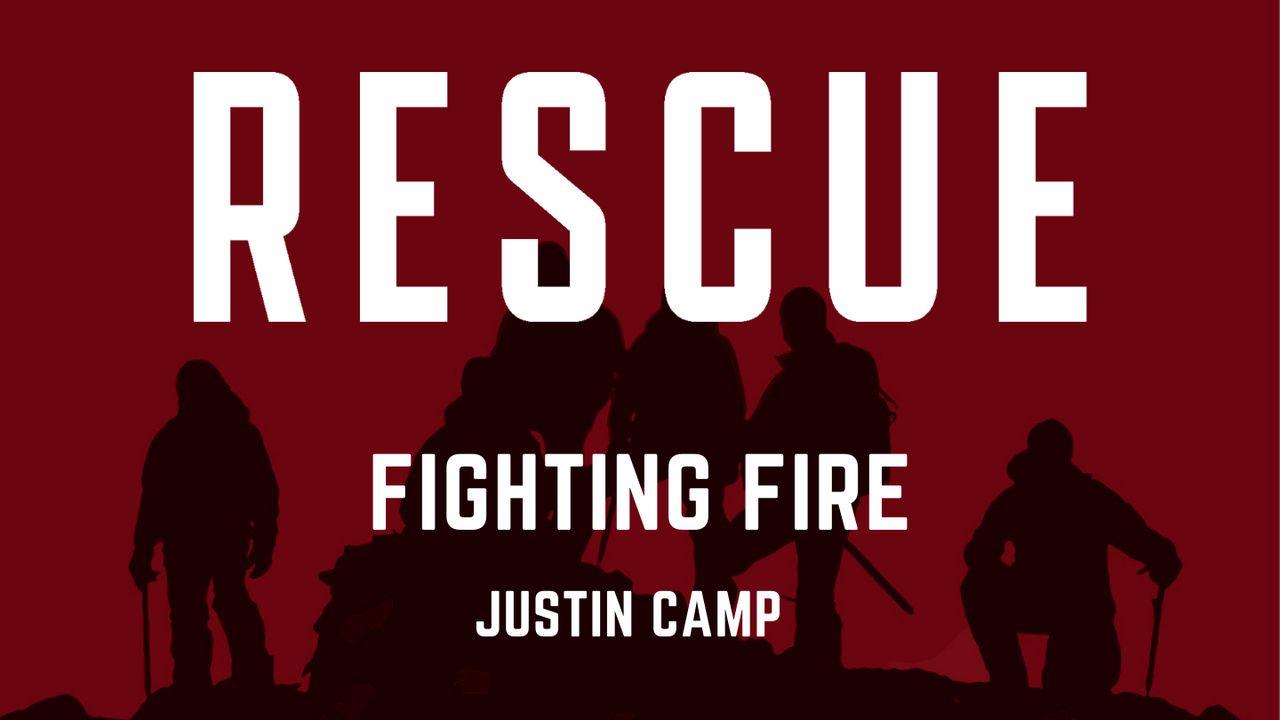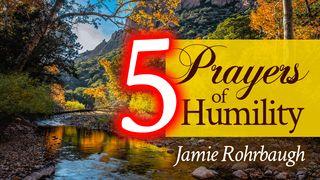Rescue: Fighting Fire by Justin CampПримерок

Fire needs three things to burn: heat, fuel, and oxygen. Therefore, firefighters must find a way to remove one or more of those elements to contain the spread of any fire. Because of the scale of the fires they face, hotshots typically try to remove the third: fuel. To do this, they use fire lines.
Fire lines act as walls, in a sense, because they contain a fire’s spread, but they are the opposite; they are voids. Buffer zones where all combustible material has been removed—all the way from massive trees down to tiny twigs and leaves. Fire lines starve a fire of fuel and work to slow or redirect its movement. They can even stop a fire outright.
Twenty men in hard hats, green Nomex pants, and yellow Nomex shirts grab their tools and begin moving like a well-oiled machine. They approach the place where Superintendent Wright wants the fire line, spread out, and get to work cutting and scraping.
Sometimes, when fires are big and driven by fierce winds, fire lines need to be even broader than thirty feet. To widen them, hotshots will use the very thing they are fighting. They’ll start their own fires because fire can eliminate flammable materials more quickly than men with hand tools can. To do this, hotshots use drip torches: handheld canisters that drip burning fuel, a mixture of diesel and gasoline. They’ll walk an existing fire line, drip torches in hand, lighting the grass and brush that sits between the line and the approaching fire. This is called “burnout.”
After cutting and scraping a line between the lodge complex and the mountain, the Bridger Hotshots begin their burnout operation. Because of the dry conditions, things get going quickly. In just a few minutes, the burnout starts to run up the underbrush and whoosh into that carpet of dead trees.
Wright lets out a loud hoot. It’s time to pull back. Hoots echo back up and down the line through the smoke. Their faces blackened with soot, and their clothes soaked through with sweat; the hotshots pull back to the lodge complex and gather everyone to the safety of a large green field that sits in front of the main lodge building. Everyone is quiet as they watch the burn show.
The main fire generates a massive column of smoke. Because of the wind, the smoke is beginning to lie right over the captivated company. The smoke from the burnout then starts to contribute to it, getting sucked into the updrafts of the column. And then the fires meet, right at the top of the ridge, and it’s like everything in the world is burning all at once. It’s the most terrible and magnificent fire display any of them has seen this close up—even Wright and Torres. The flames grow to a height of at least three hundred feet. The sound is truly impressive, too, like that of a speeding freight train.
And then it’s all over. Everything burns so hot and so fast that, in a couple of hours, the entire slope is black with bare sticks standing and only a few wisps of smoke curling toward the sky. And the fire didn’t touch the structures—not the lodge, not the cabins—not Kyle’s family’s cabin. There are smiles and fist bumps all around. For one of the men there that day, though, there are tears of deep gratitude too.
Questions to Ponder
1. What is your first thought when you hear that someone is going to use fire to defeat a fire?
2. How do you measure the worth of a building against the worth of the firefighters protecting it from a blaze?
3. What life lessons can we draw from their strategy of protecting a structure but letting the fire pass?
Опис за овој план

In Rescue, Justin Camp reminds guys that God put his Spirit into their hearts so they would come out of isolation and support and sacrifice for one another. Read how this happens in real life in the stories shared here and reflect on your responses if you had similar experiences.
More
Слични Планови

Ти имаш молитва!

Што е вистинска љубов?

божиќ о, дојдете да го прославиме!

Живеј живот со цел!

Пет молитви на понизност

Отстапи го на Бога првото место

доверба - да веруваш на тоа што бог го кажува во неговото слово и да живееш во согласност со тоа божјо слово

Библија за деца

Твојата најдобра инвестиција!
